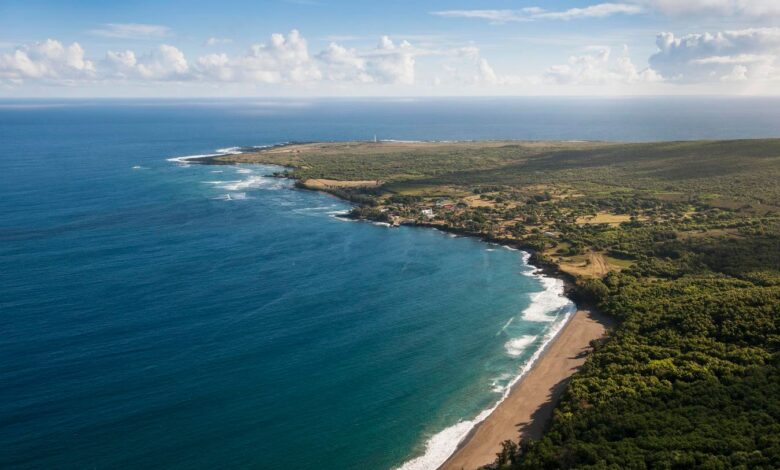Kalaupapa Leper Colony Will Reopen To Visitors This Month. Here’s What We Know—And Don’t Know

📝 usncan Note: Kalaupapa Leper Colony Will Reopen To Visitors This Month. Here’s What We Know—And Don’t Know
Disclaimer: This content has been prepared based on currently trending topics to increase your awareness.
A view of Kalaupapa National Historical Park from the Kalaupapa sea cliff trail, which is now closed indefinitely. The area is home to the infamous leper colony on the island of Molokai and will reopen for tours this month.
getty
More than five years after it closed because of the pandemic, Kalaupapa National Historic Park has announced that it will reopen to visitors sometime this month.
The announcement came via a release from Park Superintendent Nancy Holman, who began teasing the Park’s reopening last summer, as well as updated copy on the Park’s official website.
Previously, there were a couple ways to visit Kalaupapa. Now, a single tour will be available to visitors as the Park reopens for the first time since 2020.
What We Know—And Don’t—About the New Tour
Though the announcement is good news for travelers in general, specific details are still unclear, including the exact date of reopening.
“Visitor tours are resuming at Kalaupapa National Historical Park with the launch of the Kalaupapa Saints Tour, founded by patient Meli Watanuki,” the release stated. “The tour is the only park-authorized commercial operator and offers a respectful, accurate, and personal perspective on Kalaupapa’s history,”
However, a visit to the Kalaupapa Saints Tour website still reveals a “Coming Soon” banner and lacks information regarding tour dates, ticket prices, or a description of the experience. The company was unable to be reached prior to the publication of this article and has not yet returned a request for further details.
The release also said that to visit Kalauapapa on the new tour, one will have to have a Hawai‘i State Department of Health visitor permit and be at least 16 years old. Details about how to obtain the permit were left out of the release and an inquiry regarding the process has yet to be returned.
Saint Francis Church in Kalaupapa on the island of Molokai in Hawaii. Kalaupapa was at one time a colony of leprosy in the United States. It is now a national Historical Park in Hawaii.
getty
In previous eras, there was more than one way to visit Kalaupapa, including by air and on foot via a hiking trail. That trail is indefinitely closed, and the release advised that the only way to visit Kalaupapa now will be by air, via Kalaupapa’s airport. Details regarding how the flights and tours will be interconnected have yet to be released.
Though Kalaupapa originally closed in 2020 due to the pandemic, it remained closed all these years later due to a variety of factors, including issues of access to the peninsula and the rule that all visitor tours must be sponsored by a patient, among other reasons.
A Brief History of Kalaupapa
In the mid-1800s, a leprosy epidemic broke out in Hawai‘i. Worried that it would spread too rapidly through the population, the Hawaiian Monarchy sent all those infected with the disease into forced isolation on the Kalaupapa Peninsula on Molokai, which is walled off from the rest of the island by tall sea cliffs and the ocean.
From the mid-1800s until the mid-1900s, about 8,000 people were sent to Kalaupapa to live and die, alongside other infected patients, in quarantine.
It wasn’t until after World War II that modern-day treatments for leprosy became available and allowed the forced isolation to end. Many patients—now technically former patients—decided to stay at Kalaupapa, however, as it had become their home.
Today, eight former patients remain on the register at Kalaupapa, some still living on the peninsula, including one that recently celebrated his 100th birthday.
Caring for these patients remains the primary mission of Kalaupapa today, with the new tour hoping to spread awareness and share stories about the patients and the history of Kalaupapa.
“I wanted to create a tour that not only shares the history, but also honors the people who lived it,” said Watanuki. “This is my home, my story, and my gift to future generations.”



